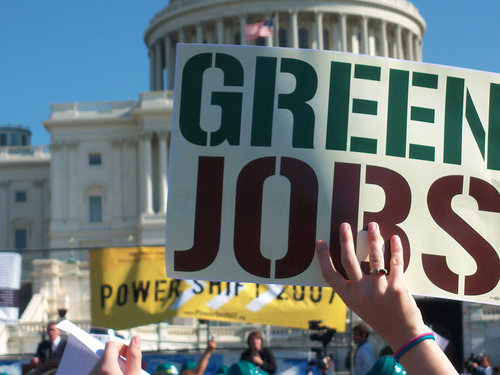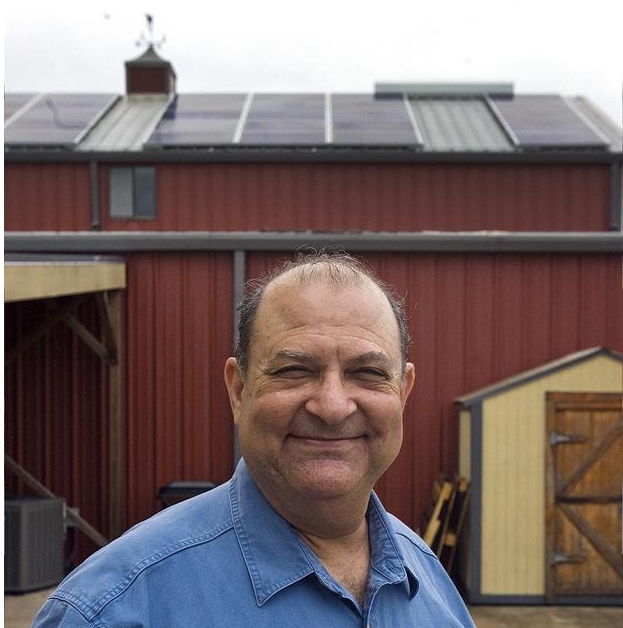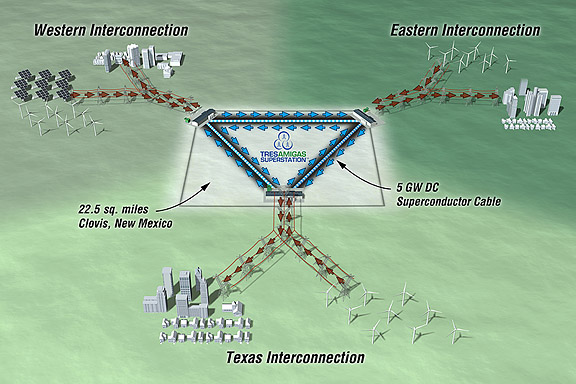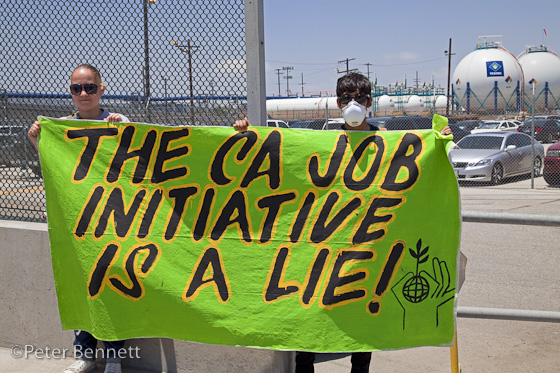CPS Energy in San Antonio continues to move forward with its renewable plans under Mayor Julian Castro. A major new solar announcement, just as its 14 MW solar system is getting finished, is good news indeed. San Antonio has been a leader in wind energy and now leads the state in solar, where is the leadership in the other cities and the state? They should take a long hard look in the mirror, and then go visit the new green leader, way to go San Antonio.
CPS Energy Rising to Be National Leader in Green Power
CPS Energy’s renewable energy portfolio will increase by 30 megawatts (MW) with this week’s signing of a new 25-year purchase power agreement (PPA) with SunEdison, a global leader in delivering solar electricity. With the SunEdison agreement, CPS Energy now has 44 MW of solar generation under contract, solidifying its position as the leader in renewable energy resources among municipally owned utilities in the nation. The contract moves CPS Energy closer to its vision of providing customers with 1,500 MW of renewable energy (wind and solar) by 2020.
“The market for solar energy continues to improve, and this agreement takes advantage of that,” said President and CEO Doyle Beneby. “In addition to more than 40 MW of solar generation, CPS Energy has rebates that incentivize the use of solar by homeowners and businesses, and a developing distributed-generation program. With 300 days of sunshine each year, it just makes sense that San Antonio becomes a hub for solar energy in the U.S.”
By fall of 2012, Maryland-based SunEdison is expected to complete installation of 120,000 single-axis tracking photovoltaic (PV) panels that will follow the sun throughout the day, generating a total of 30 MW at three locations across the CPS Energy service area. The three locations will be announced later this year, and construction is expected to begin in early 2012. The combined energy output of the three facilities is expected to be approximately 54,000 megawatt hours—enough to power about 3,700 homes.
“We are pleased to provide this long-term, renewable energy solution for our customers,” added CPS Energy Chief Sustainability Officer Cris Eugster. “In addition to helping us meet our goal to provide 100 MW of solar generation by 2020, we’re also looking to SunEdison to be a key partner in transforming San Antonio into a national hub for solar energy.”
“SunEdison is committed to the growing Texas solar energy market, and we look forward to expanding our utility scale presence in the state in 2011,” said Carlos Domenech, President of SunEdison. “Our development capabilities, financing power and execution track record enables municipal utilities, like CPS Energy, to benefit from economically viable solar solutions.”
###
By promoting cleaner energy, cleaner government, cleaner cars, and cleaner air for all Texans, we hope to provide for a healthy place to live and prosper. We are Public Citizen Texas.



 Tar sands oil makes conventional oil look clean by comparison, as it produces 3.2-4.5 times more the carbon footprint than conventional fuel. If that weren’t bad enough cleaner fuels such as natural gas, which otherwise might be used to generate electricity, are wasted in the process of creating more dirty energy from tar sands. Tar sands oil is a type of bitumen deposited in a semi solid form whose extraction is an extremely energy intensive project. For every third barrel of oil extracted one has effectively been consumed by the process. The process of tar sands oil extraction has left vast tracts of land barren with little vegetation as it is strip mined; while only 10%, of what is excavated, is oil. While some water is recyclable, the remaining toxic water is diverted to the euphemistically named “tailing ponds”. There are 2.5-4 barrels of water dumped into these toxic lakes for every barrel of oil extracted. These toxic “ponds” are actually very large; some are even visible from space.
Tar sands oil makes conventional oil look clean by comparison, as it produces 3.2-4.5 times more the carbon footprint than conventional fuel. If that weren’t bad enough cleaner fuels such as natural gas, which otherwise might be used to generate electricity, are wasted in the process of creating more dirty energy from tar sands. Tar sands oil is a type of bitumen deposited in a semi solid form whose extraction is an extremely energy intensive project. For every third barrel of oil extracted one has effectively been consumed by the process. The process of tar sands oil extraction has left vast tracts of land barren with little vegetation as it is strip mined; while only 10%, of what is excavated, is oil. While some water is recyclable, the remaining toxic water is diverted to the euphemistically named “tailing ponds”. There are 2.5-4 barrels of water dumped into these toxic lakes for every barrel of oil extracted. These toxic “ponds” are actually very large; some are even visible from space.








